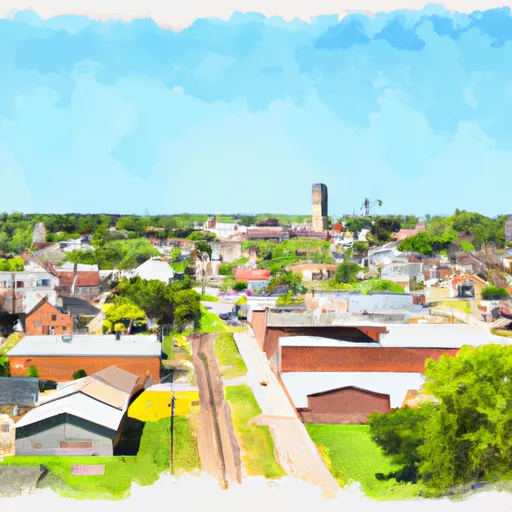°F
°F
mph
Windspeed
%
Humidity











Shellsburg, Iowa is a small town located in Benton County, in the eastern part of the state. It has a population of approximately 1,000 residents and is known for its picturesque landscapes and rural charm.
Shellsburg experiences a humid continental climate, with hot summers and cold winters. Average high temperatures in the summer range from the mid-80s to low 90s Fahrenheit, while winter temperatures can drop below freezing, with average highs in the 20s and 30s. Precipitation is evenly distributed throughout the year, with the majority falling as rain in the summer and as snow in the winter.
The area around Shellsburg is rich in hydrology constituents, with several creeks and streams flowing through the region. These water bodies provide opportunities for fishing, boating, and other water-based activities.
Outdoor recreation enthusiasts will find plenty to do in Shellsburg and its surroundings. The town is located near several parks and nature preserves, offering opportunities for hiking, camping, and wildlife observation. Nearby Cedar River also provides opportunities for kayaking and canoeing. Additionally, Shellsburg is surrounded by farmland and open spaces, making it an ideal location for biking and exploring the scenic countryside.
Weather Forecast
Shellsburg receives approximately 904mm of rain per year, with humidity levels near 82% and air temperatures averaging around 9°C. Shellsburg has a plant hardyness factor of 5, meaning plants and agriculture in this region thrive during a short period during spring and early summer. Most plants will die off during the colder winter months.
Regional Streamflow Levels
5,290
Cubic Feet Per Second
197
Cubic Feet Per Second
386
Cubic Feet Per Second
135
Cubic Feet Per Second
Nearby Camping
| Camping Area | Reservations | Toilets | Showers |
|---|---|---|---|
| Paddy Creek | |||
| Piney River Military - Fort Leonard Wood | |||
| Rollins Ferry Access - MDC | |||
| Mark Twain State Park | |||
| Lane Spring | |||
| Chamois Access - MDC |



